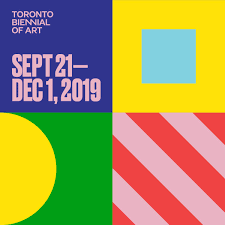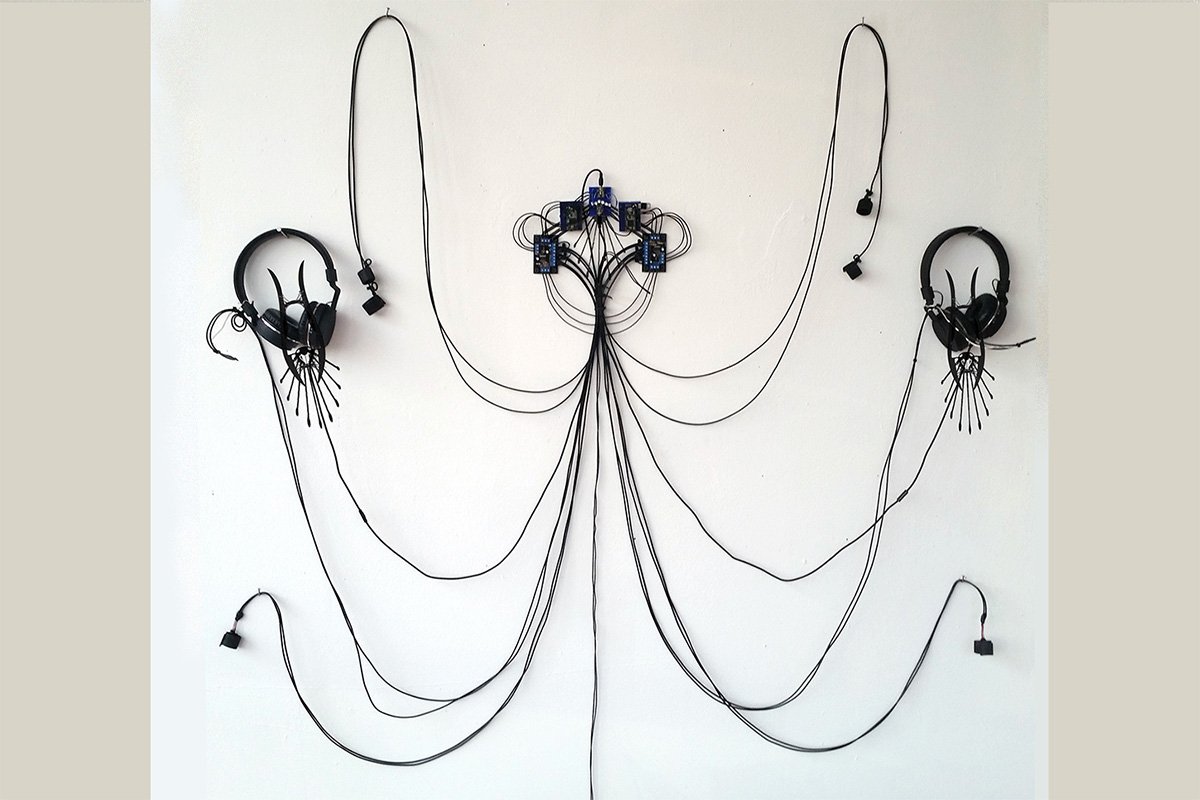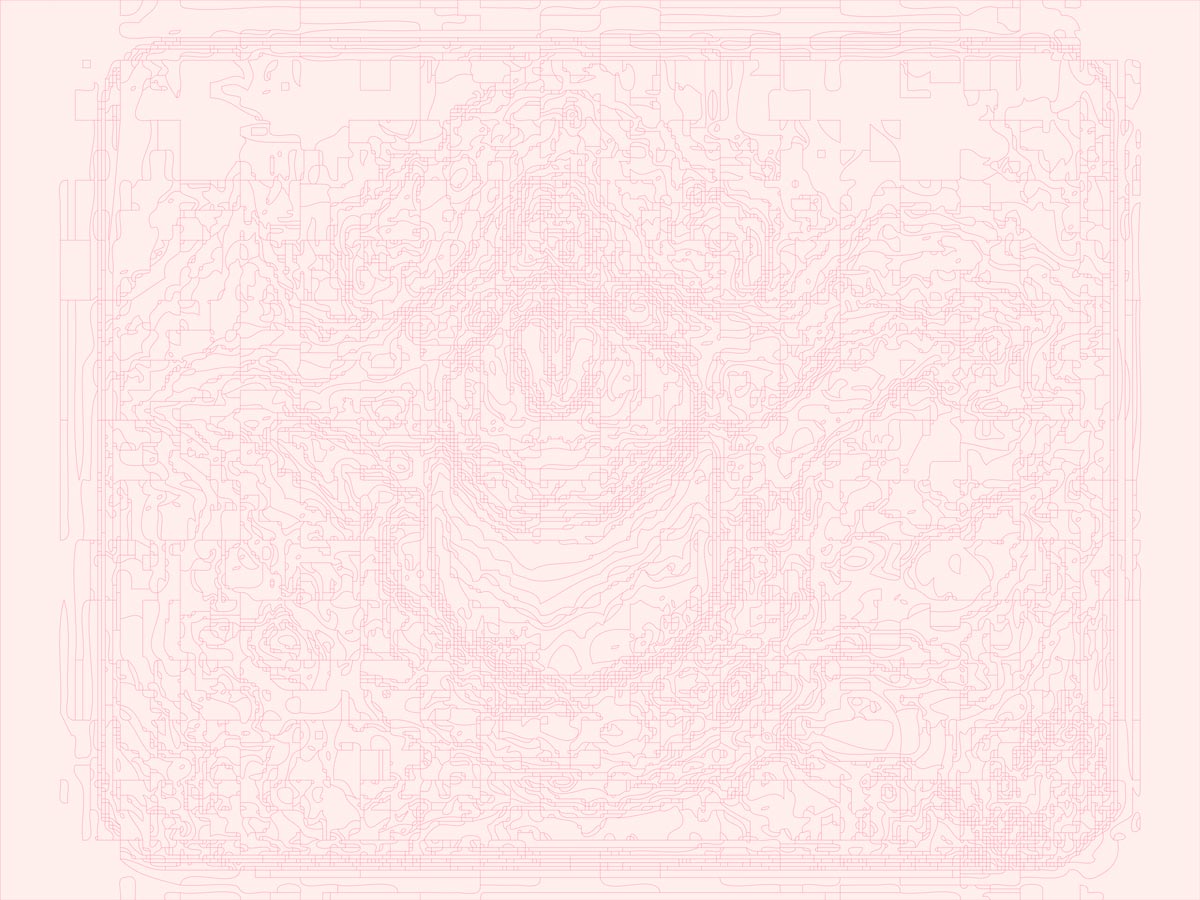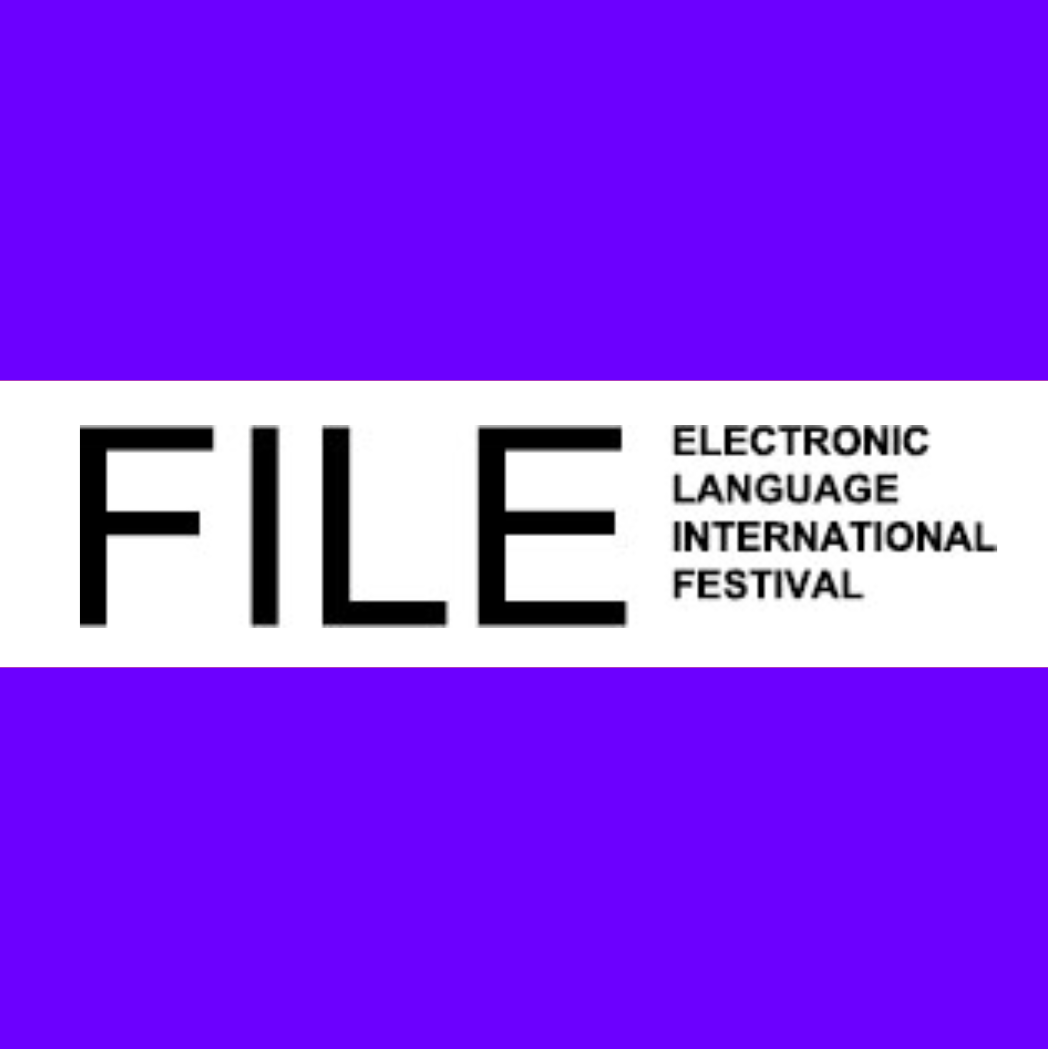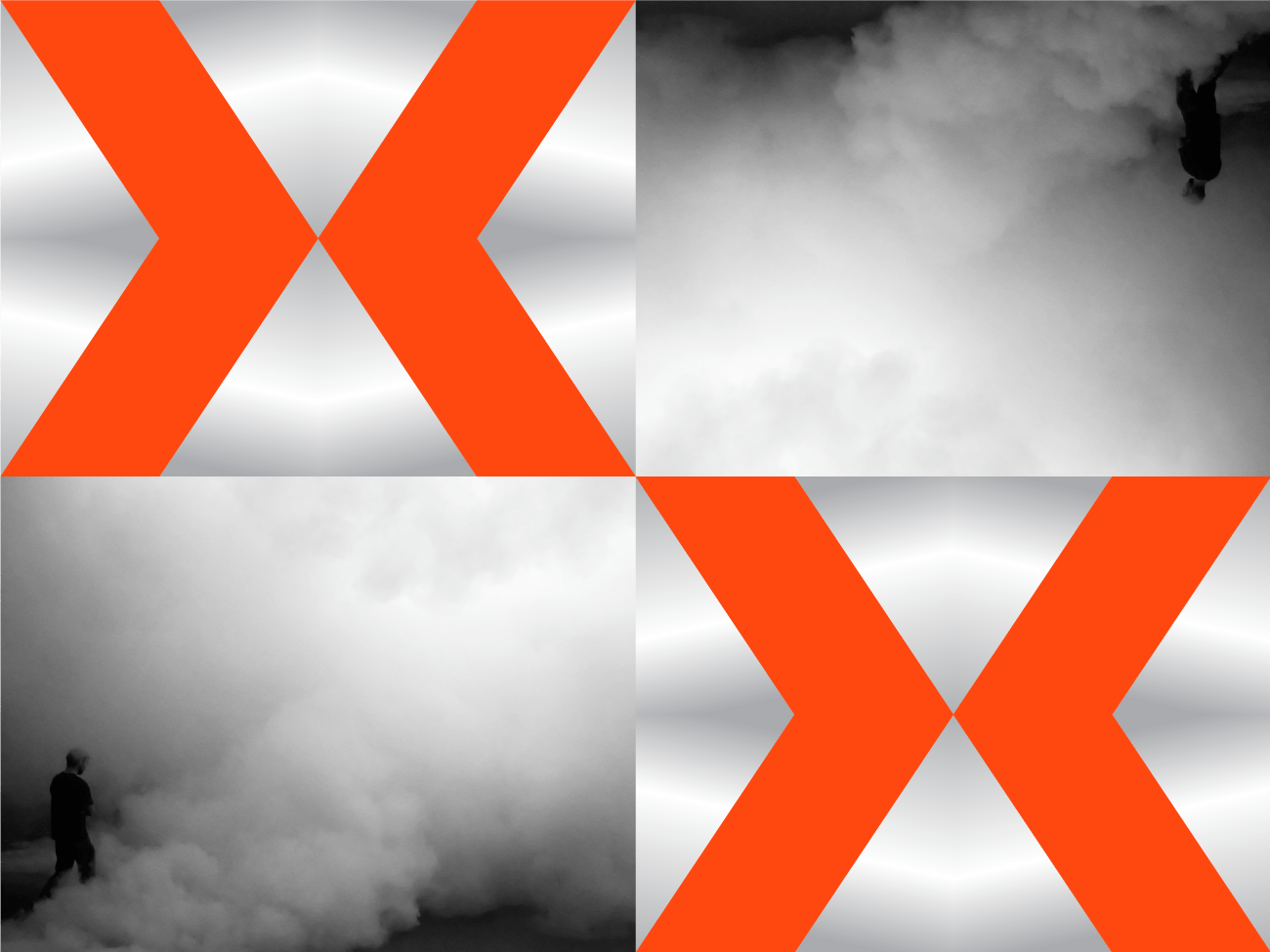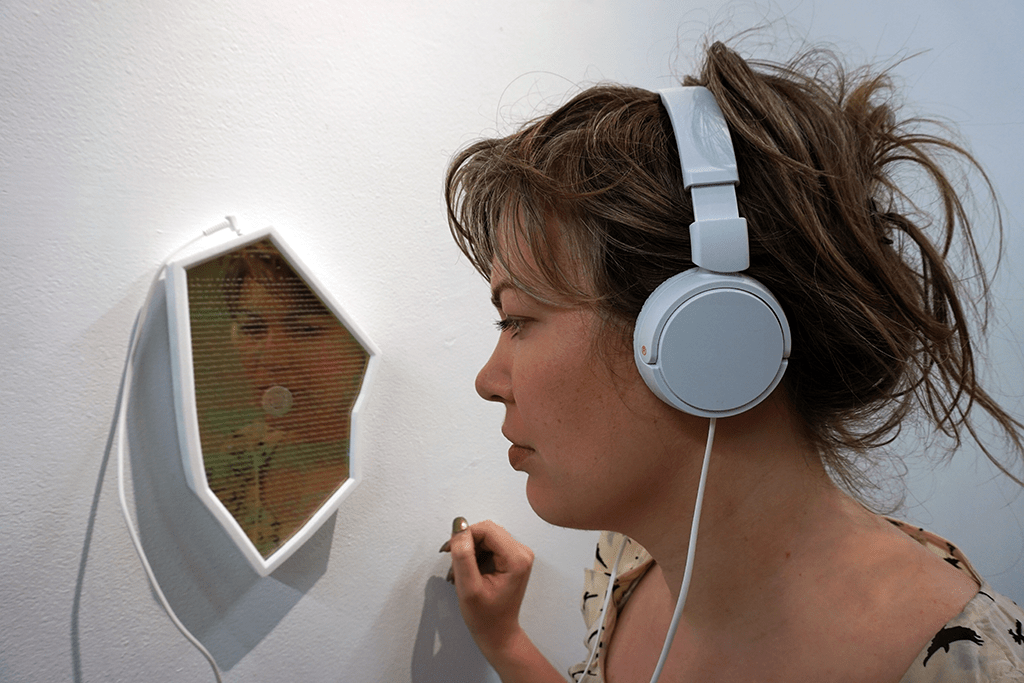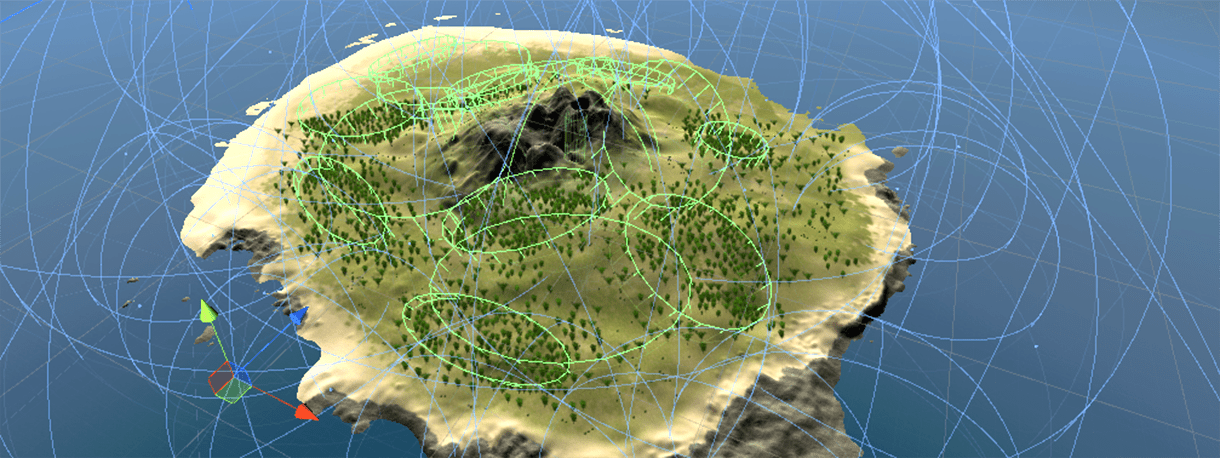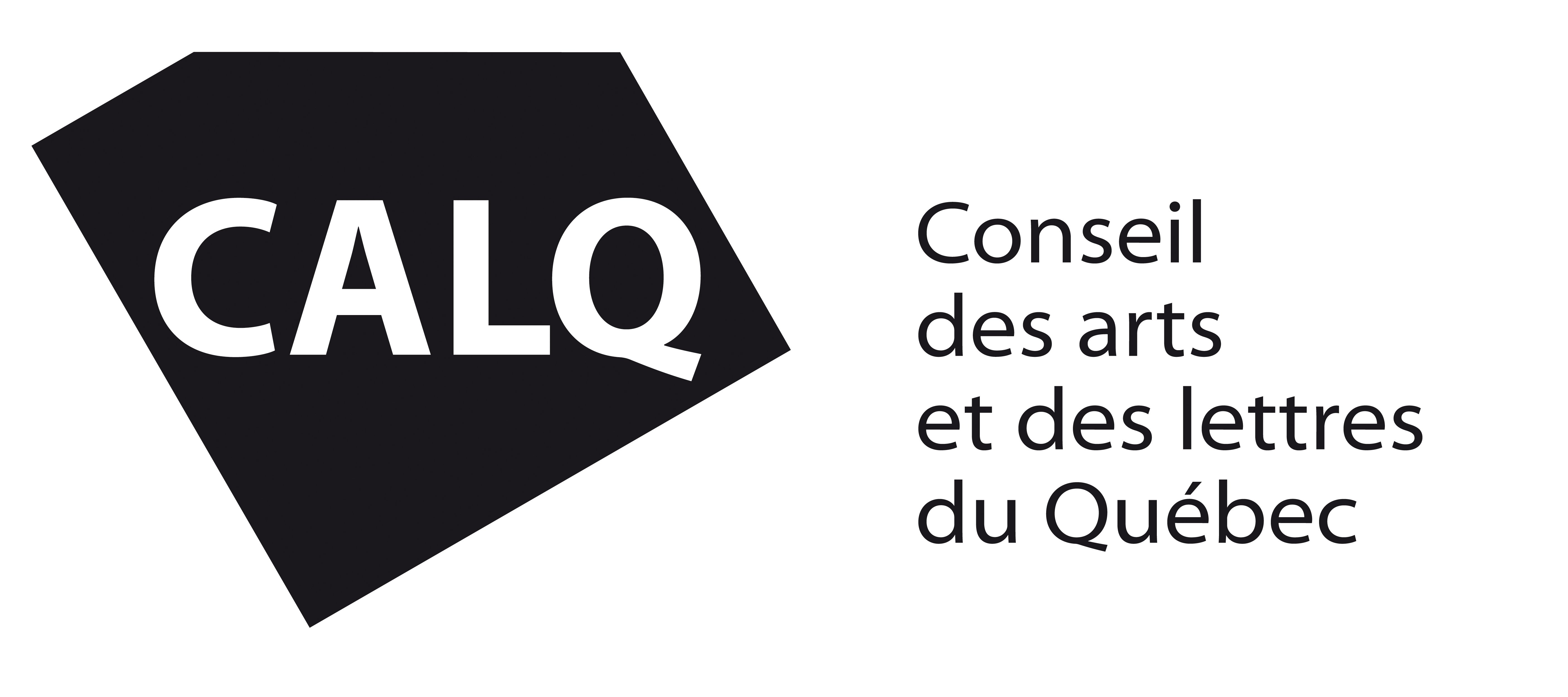Toronto Biennial
November 16, 2019: 3pm-7pm
Toronto: (Check the web link here for updates)
I am please to be presenting my Larynx series (2015) compositions for live vocal quartet in the context of a fantastic looking posthuman vocal concert curated by Myung-Sun Kim and Maiko Tanaka. The concert is included in the programming for the Toronto Biennial 2019.
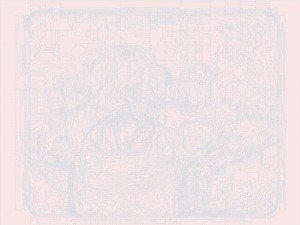
Erin Gee – Larynx1. Epson UltraChrome K3 ink on acid-free paper.
Edition of 5.
86 x 112 cm.
TELLINGS—A Post-Human Vocal Concert seeks to challenge traditional conceptions of voice. Artists working experimentally with sound—live electronics, deep listening, sound art—perform compositions that explore new modes of vocal production. The experimental vocal compositions in solo and ensemble formats question the way we imagine the body of a voice and the “receiver” as well as the divisions made between nature and technology. Each composition performed in TELLINGS presents increasingly inter-species, inter-organ, feminist, and collaborative notions through the languages of plants, animals, and even human organs not normally associated with having authorship or intention.
Artists: Jeneen Frei Njootli, Erin Gee, Ts̱ēmā Igharas, Stephanie Loveless, and Miya Masaoka
Co-curated by Maiko Tanaka and Myung-Sun Kim.
Co-presented in partnership with Trinity Square Video and MVS Proseminar, University of Toronto—John H. Daniels Faculty of Architecture, Landscape, and Design
BIOS
Erin Gee (born in Regina, SK, Canada; lives in Montreal, QC, Canada) is an artist inspired by feminist, posthumanist approaches to ontology, consciousness, and the human body. Known for her work in choral composition, biodata-driven interfaces, robotics, and ASMR, she uses art to explore the autonomous nature of sensory cognition, emotion, and empathy in humans and non-human assemblages. Her work has shown internationally at venues such as: Ars Electronica, Linz; NRW-Forum Düsseldorf, and Musée d’art contemporain de Montréal. In 2020 she has a solo exhibition at MacKenzie Art Gallery, Regina.
Jeneen Frei Njootli (Vuntut Gwitchin First Nation, born in Whitehorse, YK, Canada; lives in Vancouver, BC, Canada) is a Vuntut Gwitchinartist working with mixed media, sound-based performances, textiles, and installation to explore Indigeneity in politics, community engagement, and history embedded in cultural materials. She was the 2017 recipient of the Contemporary Art Society of Vancouver’s Artist Prize. In 2018 alone she had solo exhibitions in venues such as: Contemporary Art Gallery, Vancouver; FIERMAN, New York City; and Artspace, Peterborough. Her work has appeared in numerous international exhibitions, including the Museum of Contemporary Art Toronto, Canada and Nottingham Contemporary among others.
Maiko Tanaka (born in Toronto, ON, Canada; lives in Buffalo, NY, USA) is the Executive Director of Squeaky Wheel Film & Media Art Center in Buffalo NY. She holds a BFA from OCADU and MVS from the University of Toronto. She has curated projects in Canada and abroad, including for TSV, Nuit Blanche at OCADU, Onsite, Justina M. Barnicke Gallery, InterAccess, Gendai, all in Toronto, as well as Casco, in Utrecht/NL. She co-edited The Grand Domestic Revolution Handbook (Casco) and Model Minority (Gendai) and has written for Scapegoat, C Magazine, and Fuse as well as various artist publications.
Miya Masaoka (born in Washington, USA; lives in New York City, NY, USA) is an American artist and composer. Her work explores bodily perception of vibration, movement, and time while foregrounding complex timbre relationships. Her work has been presented at the Venice Biennale; MoMA PS1, New York City; Kunstmuseum Bonn; and the Caramoor, NY. She is a 2019 Studio Artist for the Park Avenue Armory, and has previously received a Doris Duke Artist Award, Fulbright, and Alpert Award in the Arts. She teaches at Columbia University, New York City where she is the Director of the Sound Art Program.
Stephanie Loveless (born in Montreal, Canada; lives in New York, USA) is a sound and media artist whose research centres on listening and vocal embodiment. Her recent projects include a mobile web-app for geo-located listening and sound works that channel the voices of plants, animals, and musical divas. She holds MFAs from Rensselaer Polytechnic Institute (RPI) and Bard College, both in upstate New York, and a certification in Deep Listening from composer Pauline Oliveros. She teaches courses on Deep Listening and ecologically-oriented sound art at RPI.
Ts̱ēmā Igharas (Tahltan First Nation, born in Smithers, BC, Canada; lives in San Francisco, USA) is an award-winning interdisciplinary artist and a member of the Tahltan First Nation. Igharas is influenced by Potlatch methodology, teachings from her mentorship in Northwest Coast Formline Design at K’saan, her studies in visual culture, and time in the mountains. Igharas has shown and performed in various places in Canada and internationally, presenting her work that connects materials to mine sites and bodies to the land.


